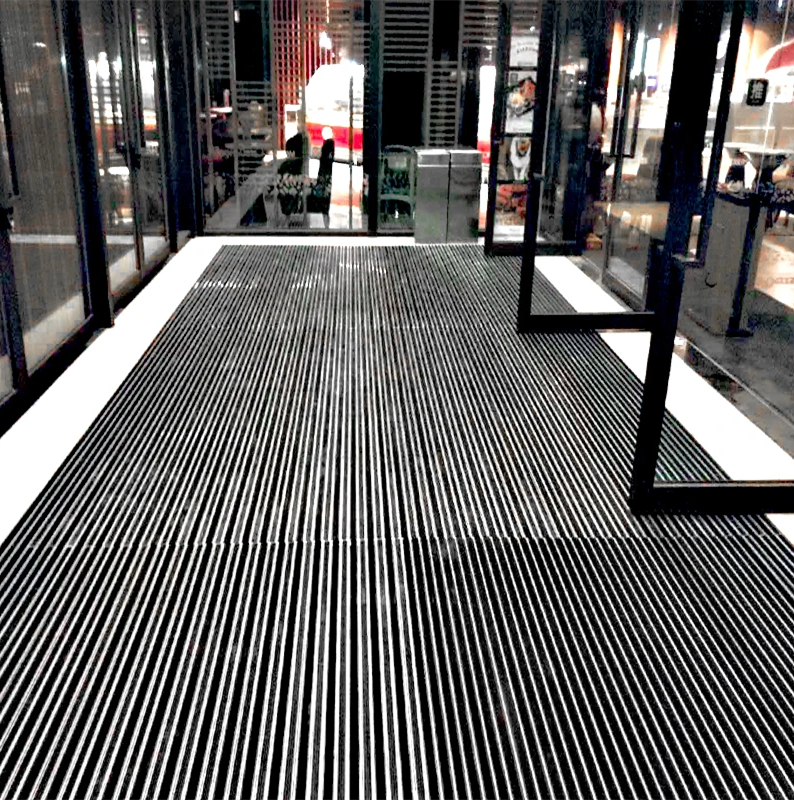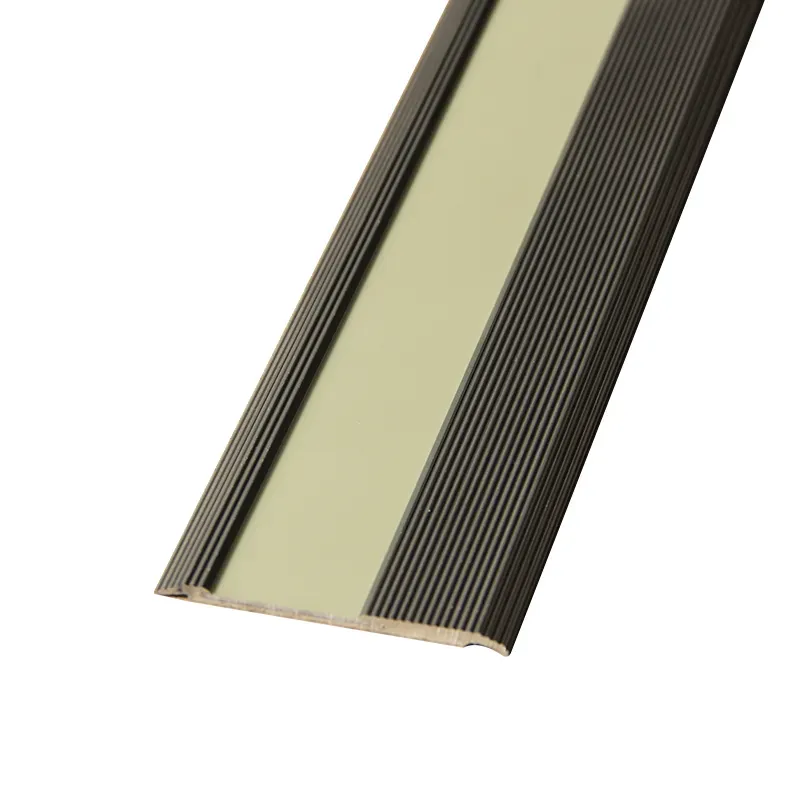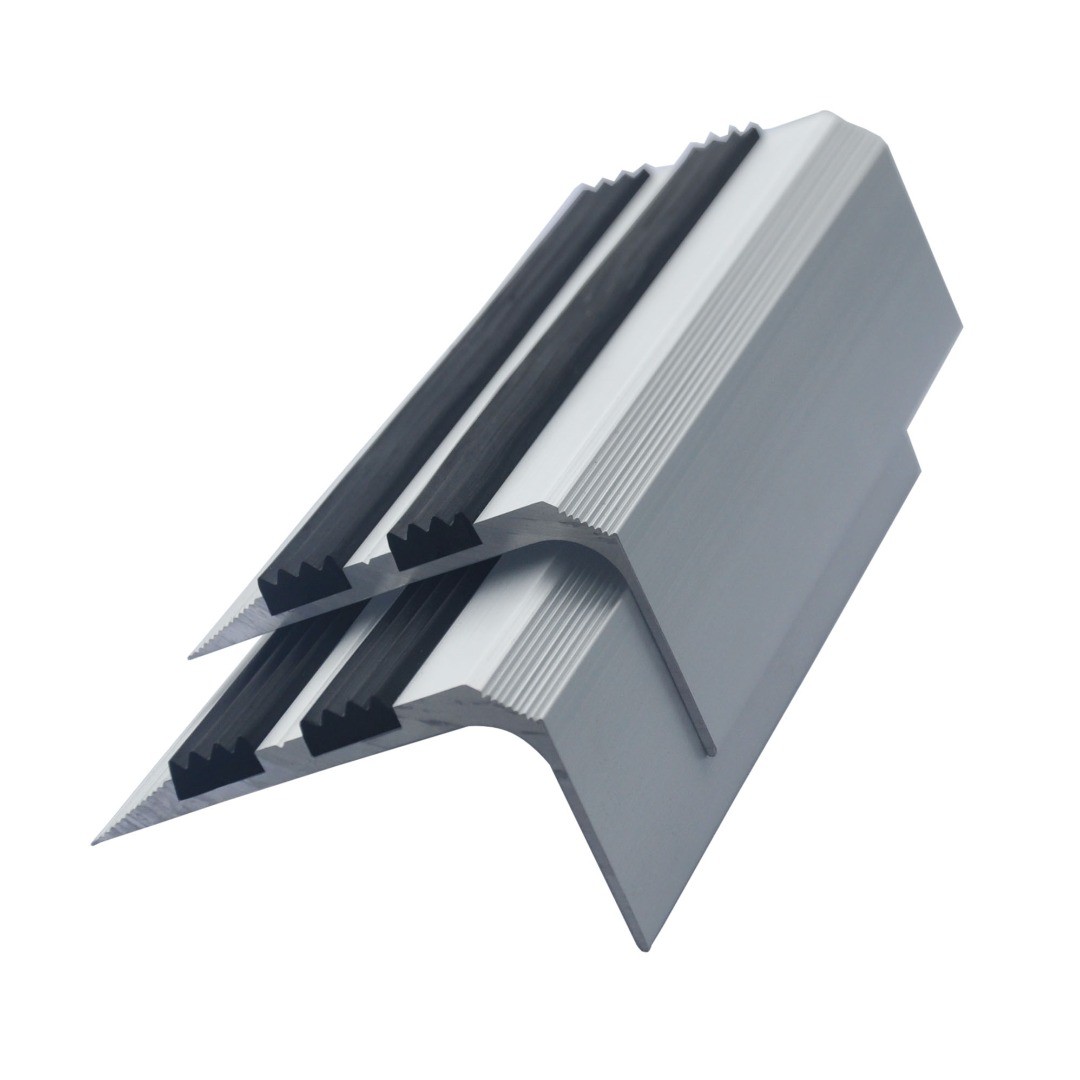- Home
- »
- AntiSlip Tech Blog
- »
- Application scenarios of tactile indicators
Application scenarios of tactile indicators
Table of Contents
Hey everyone! Welcome to Antisliptech.com. In our daily life, there are various tactile indicators. Have you noticed them? Today, let’s share the main application scenarios of tactile indicators.
Applications Introduction of Tactile Indicators
Tactile indicators, also known as tactile ground surface indicators (TGSI), are crucial for enhancing accessibility in various public spaces. Their primary applications span across transportation hubs, public buildings, and urban environments to ensure safety and navigational ease for individuals with visual impairments.
Public Transportation
Tactile indicators are extensively used in rail and transit stations, as well as intermodal terminals. These include areas such as approaches to the facilities, concourses, mezzanines, and boarding platforms.
Tactile indicators are also installed near fare machines, turnstiles, emergency and information telephones, and places of refuge to aid visually impaired individuals.
Complex or alternative intersections, intersections where curb ramps are not aligned with crosswalks, and crossings that are difficult to locate using non-visual cues also benefit from these tactile indicators.
Cold and adverse weather climates, including regions with snow and ice, also implement tactile indicators to maintain accessibility standards.

Public Buildings and Facilities
Public buildings and facilities, such as schools, hospitals, theatres, arenas, community centers, exhibition halls, department stores, hotels, and offices, require tactile paving to ensure accessibility.
This includes buildings with significant floor areas as mandated by law in countries like Japan, where buildings exceeding 2,000 m² must install and maintain tactile pavings.
Smaller facilities are encouraged to install these tactile indicators, although it is not compulsory.
Urban Environments
Tactile indicators are critical in urban landscapes, especially at shared streets, plazas, parking facilities, and other open spaces.
Sidewalk-level separated bike lanes without a continuous sidewalk buffer and shared pedestrian/cycle paths also incorporate tactile indicators to provide safe navigation for visually impaired individuals.
Cities such as Leipzig have installed tactile paving throughout their city centers, demonstrating a commitment to accessibility.
International Use
Globally, tactile indicators are employed in various countries with specific regulations and standards. For example, Japan has a comprehensive approach, installing tactile indicators near stairs, ramps, escalators, and major pathways in both indoor and outdoor areas.
In Belgium, blocks are installed before crosswalks, at bus stops, and at subway and rail stations, with varying colors and configurations to aid navigation.
Similarly, in countries like Hong Kong, South Korea, Taiwan, and several European nations, tactile indicators are used extensively to guide and protect visually impaired individuals.
Compliance and Maintenance
Ensuring compliance with accessibility standards, such as the Canadian CSA and AODA Act, tactile indicators are designed for durability and minimal maintenance.
Access Tile Detectable Warning Systems, for instance, are engineered to withstand heavy foot traffic and extreme weather conditions, reducing long-term upkeep costs.
These tactile indicators systems come in various types, including Surface Applied Tiles and Cast-In-Place Tactile Indicators, catering to different installation requirements and environments.
By incorporating tactile indicators in these diverse applications, public spaces can significantly enhance safety and accessibility for visually impaired individuals, fostering an inclusive environment for all.

Comments
Tags
Frequently Asked Question
Tactile indicators are commonly installed in areas such as rail and transit stations, intermodal terminals, near fare machines, turnstiles, emergency telephones, and boarding platforms. They are also used in complex intersections and regions with cold or adverse weather conditions to enhance accessibility for visually impaired individuals.
Yes, tactile indicators are often required in public buildings, especially those with significant floor areas, such as schools, hospitals, theatres, and community centers. In countries like Japan, buildings exceeding 2,000 m² are mandated by law to install tactile indicators. These are typically placed near stairs, ramps, escalators, and major pathways.
In urban landscapes, tactile indicators are used in shared streets, plazas, parking facilities, and open spaces to guide visually impaired pedestrians. They are also incorporated into sidewalk-level separated bike lanes and shared pedestrian/cycle paths to ensure safe navigation.
Internationally, countries like Japan, Belgium, Hong Kong, and South Korea have specific regulations for tactile indicators, ensuring they are installed near stairs, ramps, crosswalks, and major pathways. These indicators are designed for durability, with products like Access Tile Detectable Warning Systems being engineered to withstand heavy traffic and extreme weather, requiring minimal maintenance. Compliance with standards such as the Canadian CSA and AODA Act is crucial for ensuring accessibility.

6 Key Considerations For Selecting Aluminum Entrance Matting
Whether it is a commercial or a personal construction, you need to fully consider all factors when choosing aluminum entrance matting.

The Different Types of Anti-Slip Metal Strips Available
The Different Types of Anti-Slip Metal Strips Available: uncovering different types like textured, self-adhesive, heavy-duty, and illuminated strips.

Photoluminescent Stair Nosing Design Trends
Photoluminescent Stair Nosing Design Trends: Stair Nosing design, enhancing safety, aesthetics with glowing edges that illuminate stairs in low-light conditions




